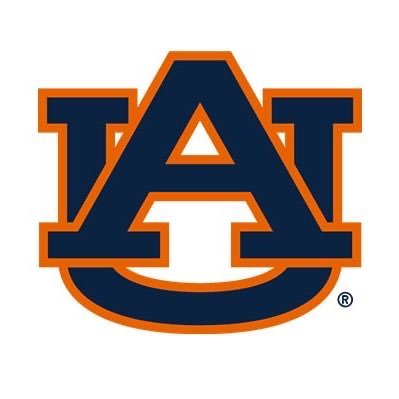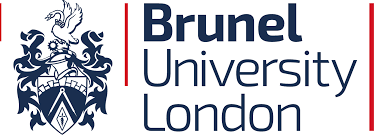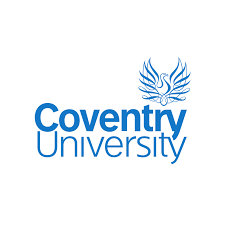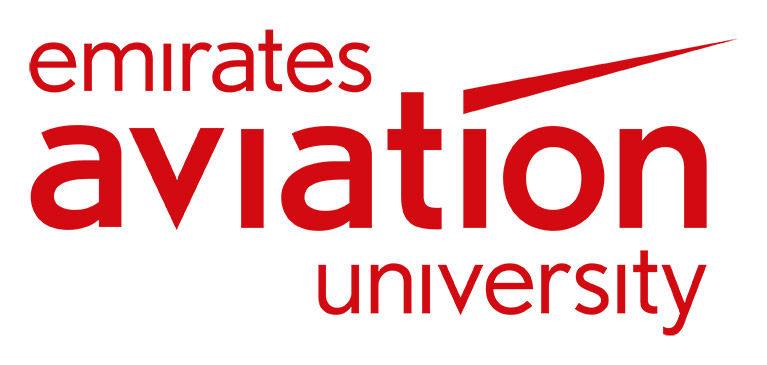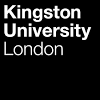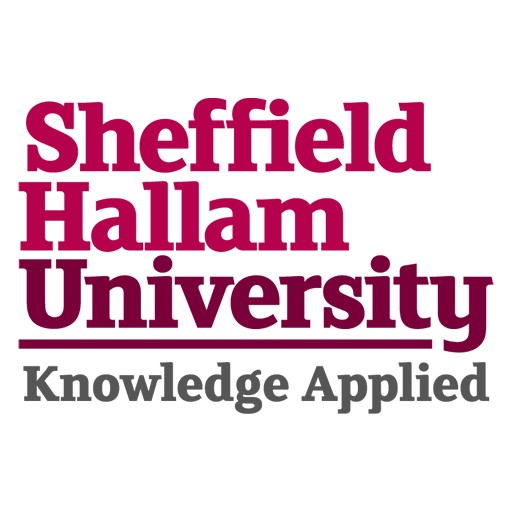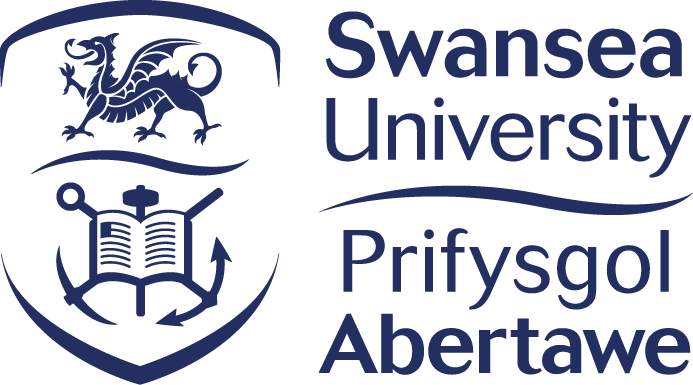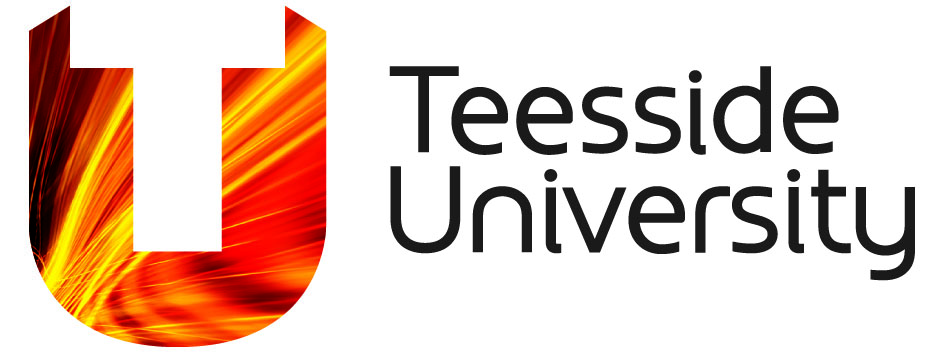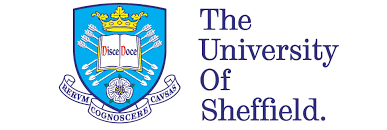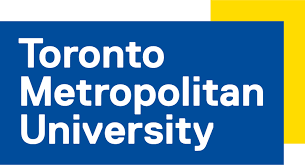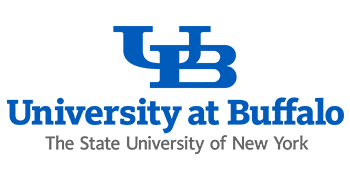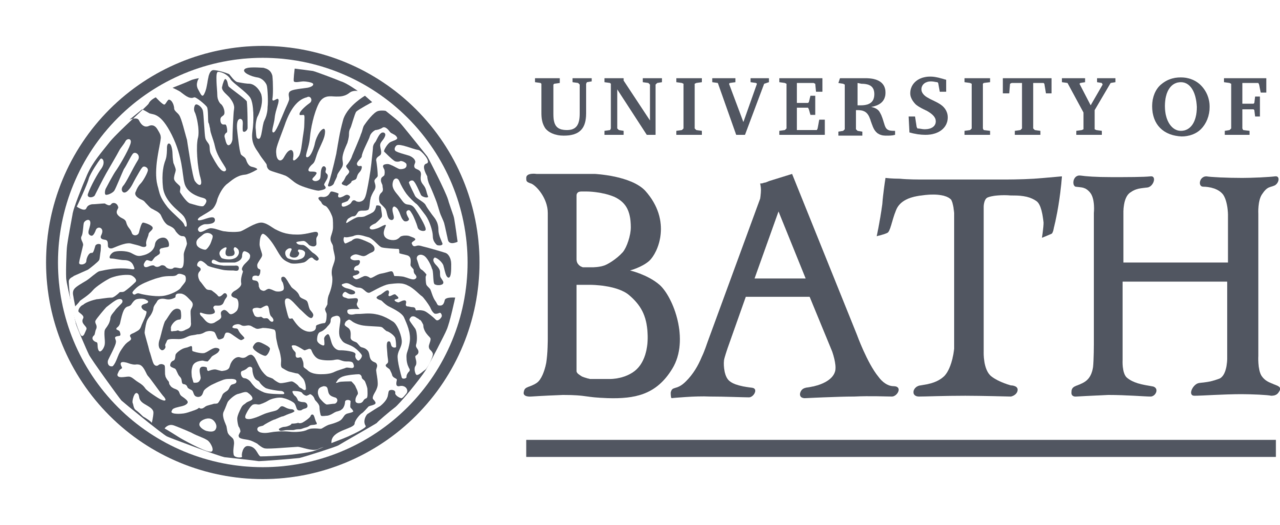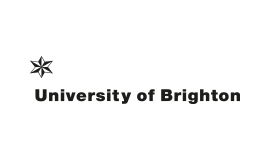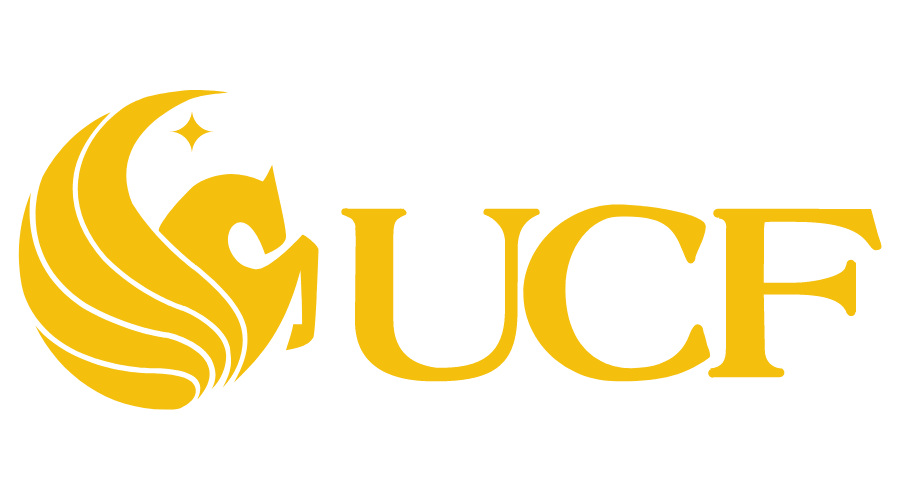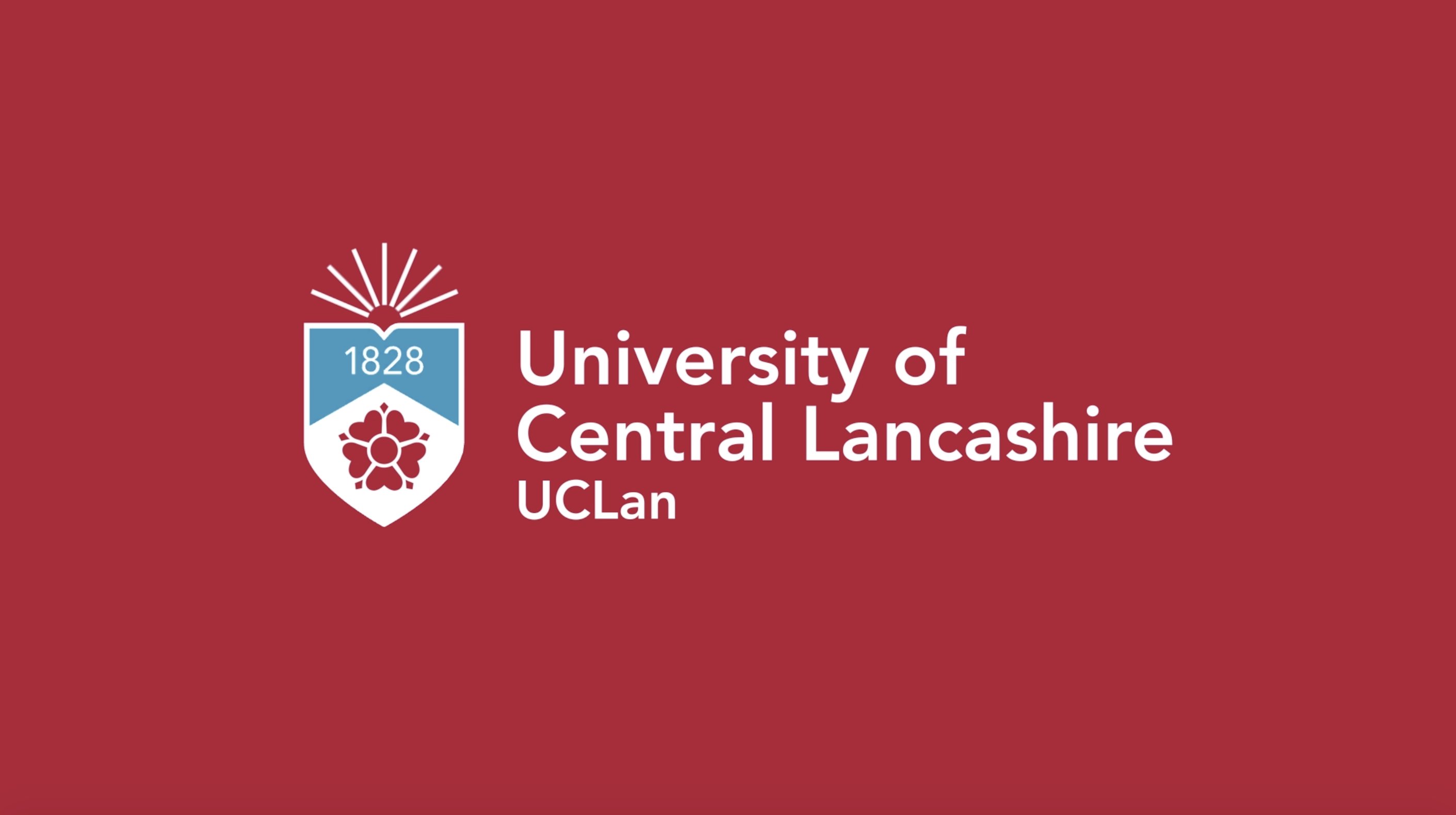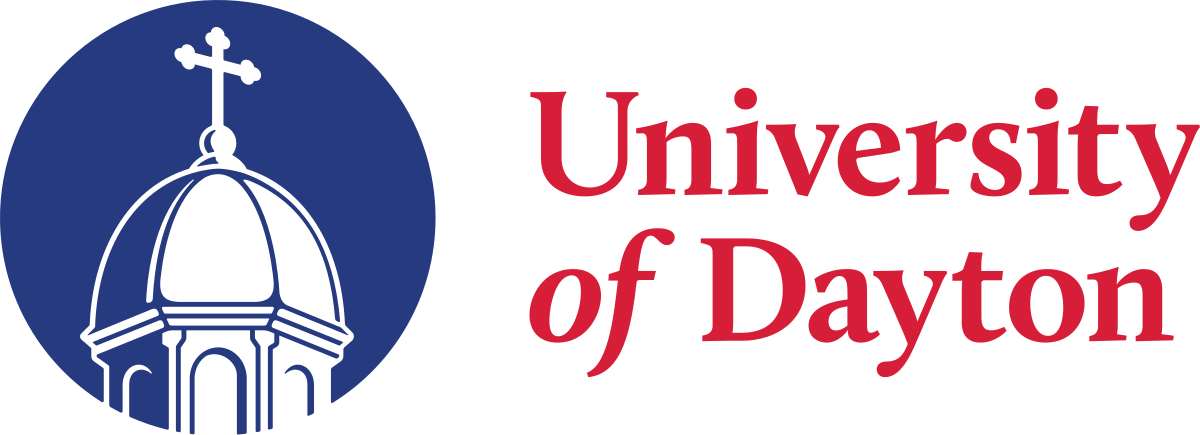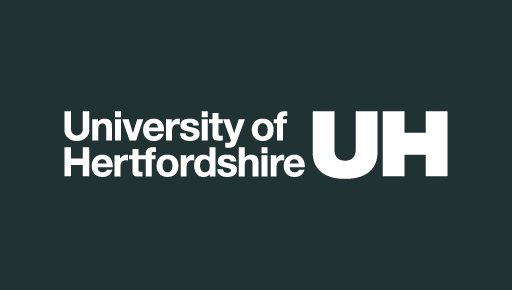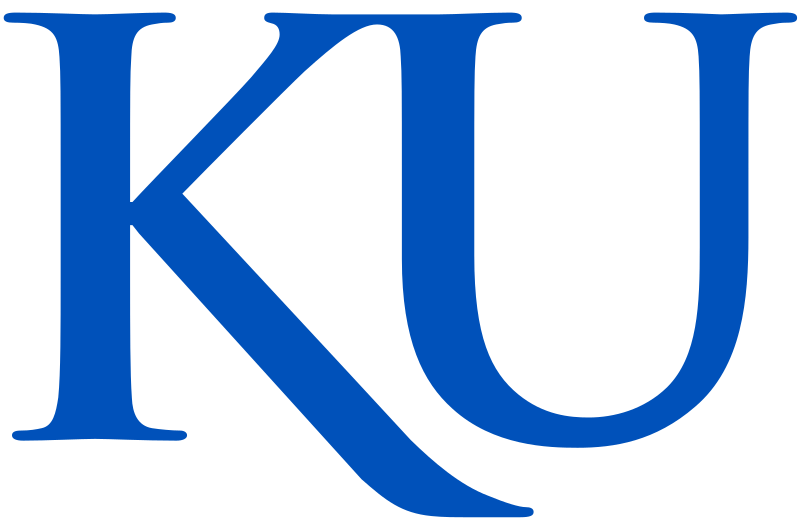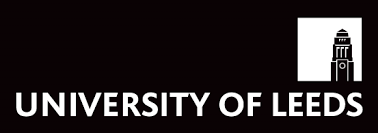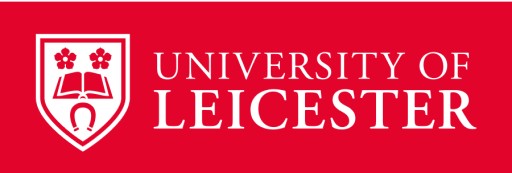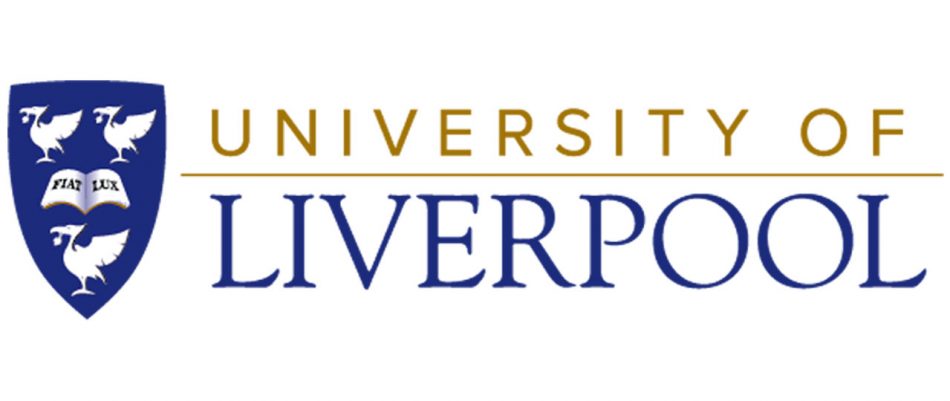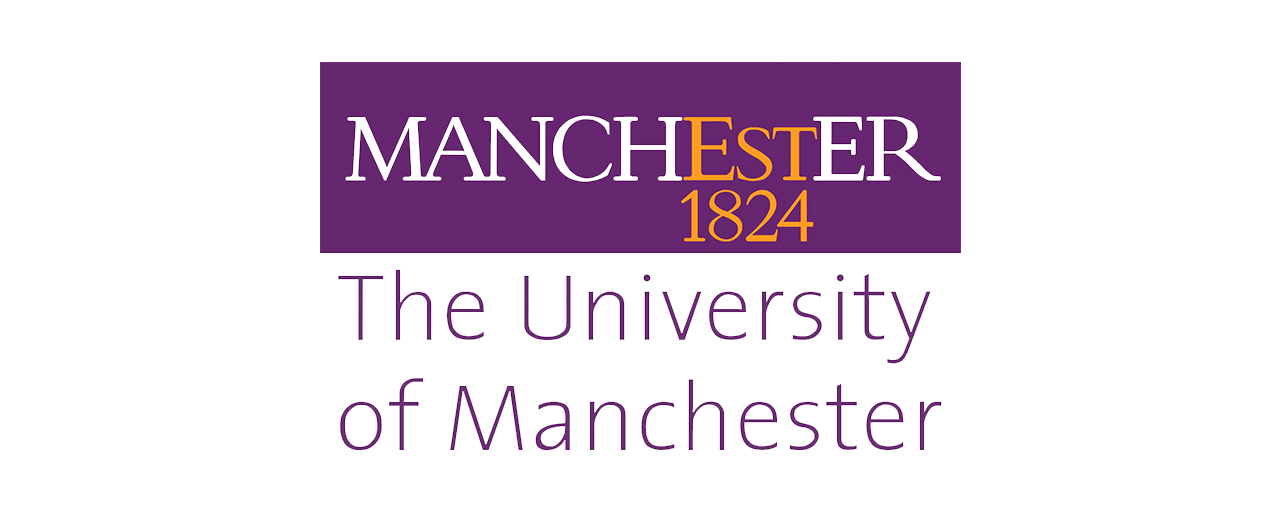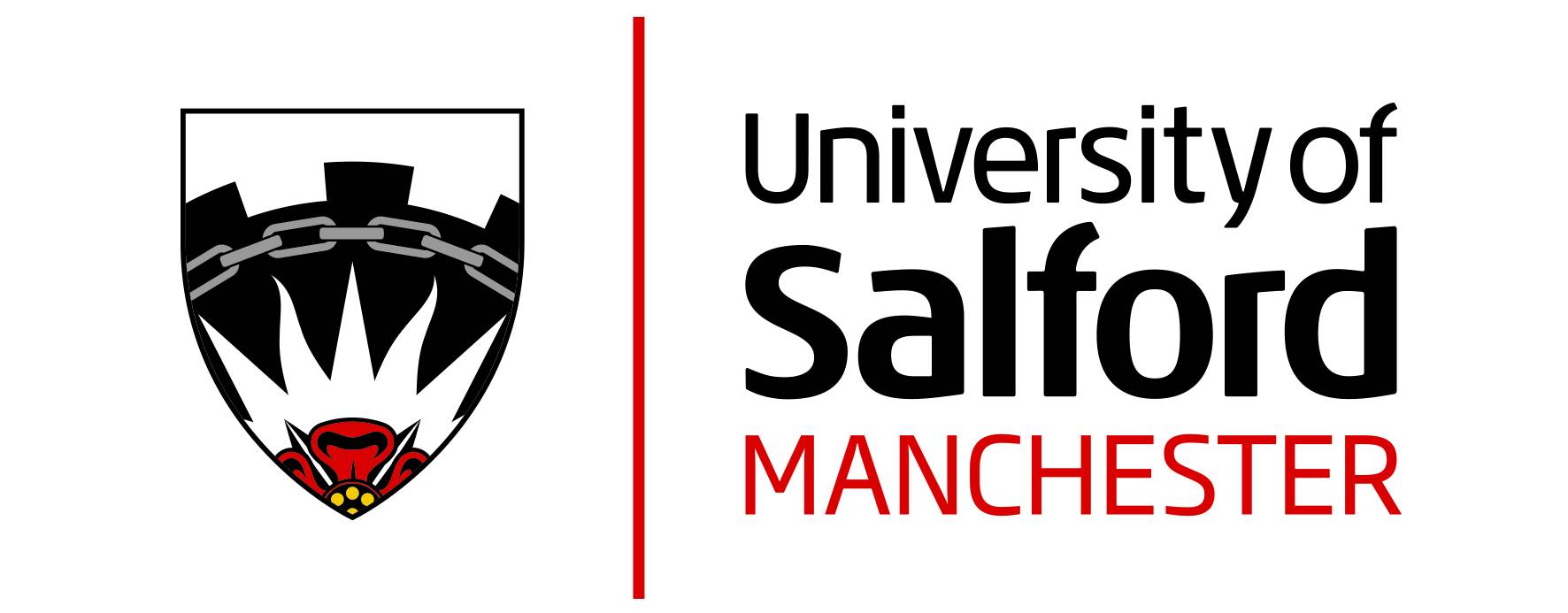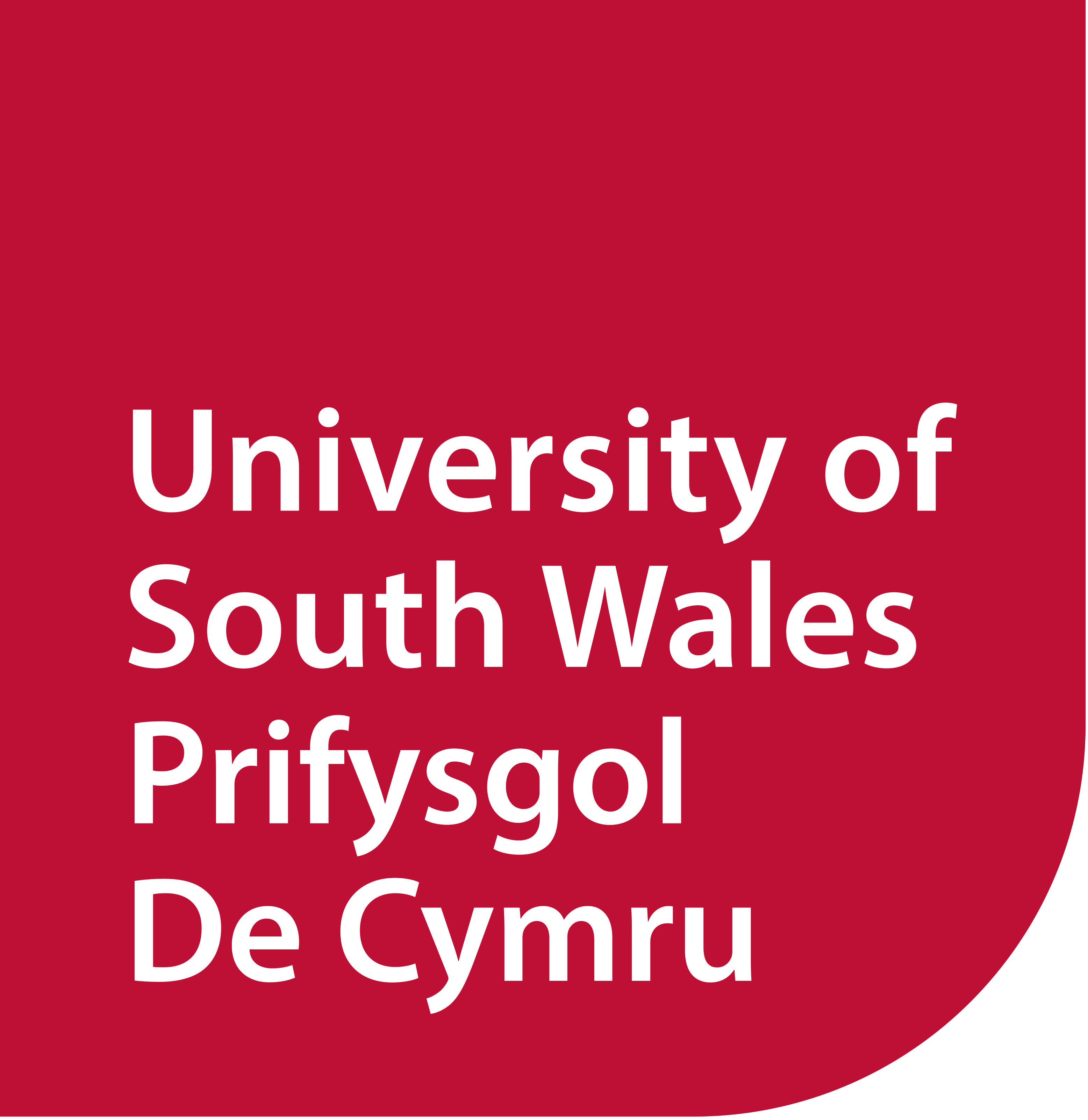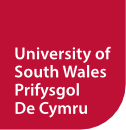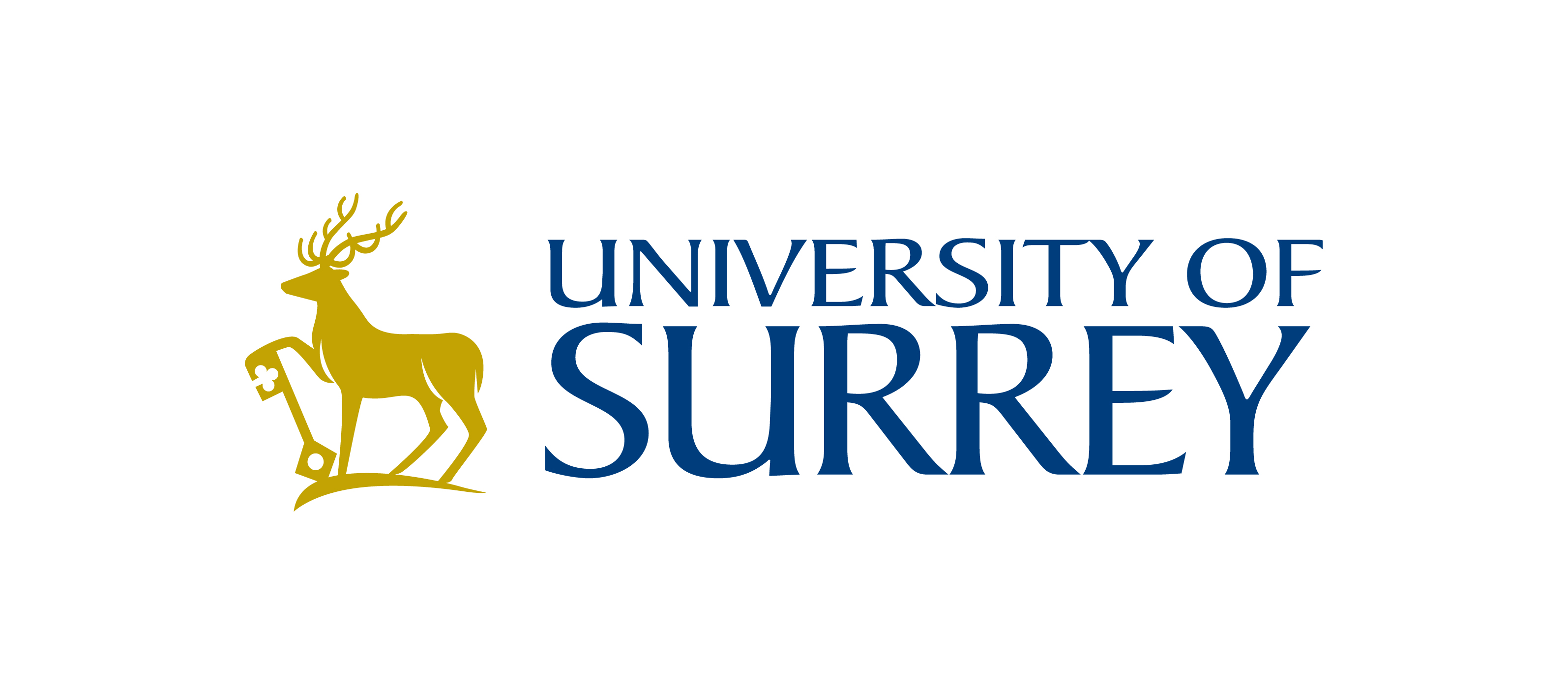Aerospace Engineering: Soar to New Heights in Your Career
Aerospace Engineering is a thrilling field that combines the principles of physics, mathematics, and engineering to design, develop, and test aircraft, spacecraft, and related systems. For Indian students dreaming of a global career in aviation, space exploration, or defense, studying Aerospace Engineering abroad opens doors to world-class education, cutting-edge research, and high-paying jobs. With India's growing space program like ISRO and booming aviation sector, this degree equips you with skills that are in high demand back home and internationally.
Whether you're passionate about building the next Mars rover or innovating sustainable aircraft, pursuing Aerospace Engineering overseas provides access to advanced labs, industry collaborations, and diverse cultures. In this guide, we'll explore everything from course details to career opportunities, tailored for Indian students eyeing study abroad programs.
Why Study Aerospace Engineering Abroad?
India's engineering landscape is competitive, but studying abroad in Aerospace Engineering offers unique advantages:
- Global Exposure: Learn from top experts and collaborate on projects with international teams, giving you an edge in multinational companies like Boeing or Airbus.
- Advanced Facilities: Access state-of-the-art wind tunnels, flight simulators, and satellite labs that surpass many Indian institutions.
- Research Opportunities: Contribute to groundbreaking work in areas like hypersonic flight or drone technology, often funded by NASA or ESA.
- Higher Employability: Degrees from abroad are highly valued in India, with alumni from programs in the US or UK securing roles at ISRO or Tata Advanced Systems.
- Cultural and Professional Growth: Adapt to diverse environments, improving your soft skills for leadership roles in global aerospace firms.
For Indian students, the post-study work visa options in countries like Canada and Australia make it easier to gain practical experience before returning or staying abroad.
Course Overview
Aerospace Engineering programs typically span 4 years for a Bachelor's (BEng/BSc) and 1-2 years for a Master's (MEng/MSc). They blend theoretical knowledge with hands-on projects, preparing you for real-world challenges.
Core Curriculum
The curriculum covers foundational and specialized topics. Here's a breakdown:
| Year/Semester | Key Subjects | Description |
|---|---|---|
| Year 1: Foundations | Mathematics, Physics, Introduction to Engineering | Build basics in calculus, mechanics, and materials science. Includes lab work on basic aerodynamics. |
| Year 2: Core Engineering | Fluid Mechanics, Thermodynamics, Structures & Materials | Study airflow over wings, heat transfer in engines, and stress analysis for aircraft frames. |
| Year 3: Specialization | Aerodynamics, Propulsion Systems, Avionics, Spacecraft Design | Dive into jet engines, control systems, and orbital mechanics. Group projects simulate aircraft design. |
| Year 4: Advanced & Capstone | Computational Fluid Dynamics, Sustainable Aviation, Final Year Project | Focus on simulations using software like MATLAB or ANSYS. Capstone involves designing a full-scale prototype. |
For Master's programs, expect advanced modules like Computational Aerodynamics or Space Systems Engineering, often with a thesis on topics like electric propulsion for satellites.
Specializations
- Aeronautical Engineering: Focus on aircraft design, including commercial jets and drones.
- Astronautical Engineering: Emphasize spacecraft, rockets, and space missions.
- Avionics: Electronics and control systems for navigation and autopilot.
- Sustainable Aerospace: Emerging focus on eco-friendly fuels and electric aircraft, aligning with global green initiatives.
Many programs offer dual degrees or minors in related fields like AI for autonomous flight or renewable energy for aviation.
Top Destinations and Universities for Indian Students
Choosing the right country matters for visa ease, costs, and job prospects. Popular choices for Indian students include:
United States
Home to NASA and aerospace giants, the US offers rigorous programs. Top universities:
- MIT (Massachusetts Institute of Technology): Renowned for its AeroAstro department; strong in robotics and space tech.
- Caltech: Focus on propulsion and astrophysics; collaborations with JPL (Jet Propulsion Laboratory).
- Georgia Tech: Affordable public option with excellent co-op programs.
Tuition: $40,000–$60,000/year. Indian students benefit from OPT (Optional Practical Training) for up to 3 years of work post-graduation.
United Kingdom
Short programs (3 years for Bachelor's) and strong ties to European Space Agency. Highlights:
- Imperial College London: Cutting-edge research in hypersonics; diverse Indian student community.
- University of Southampton: World-class wind tunnels; partnerships with Rolls-Royce.
- Cranfield University: Postgraduate specialist in aerospace; industry-focused Master's.
Tuition: £20,000–£35,000/year. Post-study work visa for 2 years.
Canada
Affordable and welcoming, with growing aerospace hubs in Toronto and Montreal. Key institutions:
- University of Toronto: Institute for Aerospace Studies; research in UAVs (Unmanned Aerial Vehicles).
- McGill University: Strong in composites and materials for aircraft.
- Carleton University: Practical programs with Bombardier collaborations.
Tuition: CAD 30,000–50,000/year. PGWP (Post-Graduation Work Permit) up to 3 years, ideal for PR pathways.
Australia
Focus on aviation innovation and work-life balance. Top picks:
- University of New South Wales (UNSW): Aerospace hub with flight testing facilities.
- RMIT University: Hands-on courses in aircraft maintenance and design.
- Monash University: Emphasis on space engineering; ties to Australian Space Agency.
Tuition: AUD 40,000–55,000/year. Post-study work visa for 2–4 years.
Indian students should check for scholarships like the Fulbright (US) or Chevening (UK) to offset costs.
Eligibility and Application Requirements
As an Indian student, you'll need:
- Academic Qualifications: 10+2 with Physics, Chemistry, and Mathematics (minimum 60–75% aggregate). For Master's, a relevant Bachelor's with 3.0+ GPA.
- Standardized Tests: SAT/ACT for undergrad; GRE for grad (optional in some unis). IELTS/TOEFL: 6.5–7.0 overall.
- Documents: Transcripts, SOP (Statement of Purpose) highlighting your interest in aerospace (e.g., mention ISRO inspirations), LORs from teachers, and resume with projects like model rocketry.
- Visa: Student visa requires proof of funds (e.g., bank statements showing tuition + living costs) and ties to India.
Application deadlines: September intake (apply by January); January intake (apply by September). Start early—processing can take 3–6 months.
Career Prospects and Salary Expectations
Aerospace Engineering graduates enjoy excellent prospects. In India, demand is surging with initiatives like Make in India and Gaganyaan missions.
- Job Roles: Aerospace Engineer, Avionics Specialist, Propulsion Designer, Systems Analyst, Space Mission Planner.
- Top Employers: ISRO, DRDO, Boeing India, Airbus, HAL (Hindustan Aeronautics Limited), SpaceX (for bold adventurers).
- Salary in India: Freshers: ₹6–12 lakhs/year; Experienced: ₹20–50 lakhs+. Abroad starters: $70,000–$100,000 USD.
With a foreign degree, you can aim for roles in R&D or consulting. The field grows at 6–8% annually, driven by commercial space travel and electric aviation.
Scholarships and Financial Aid for Indian Students
Funding is crucial—here are options:
- University Scholarships: MIT's need-based aid; Imperial's India Excellence Scholarship (up to £10,000).
- Government Schemes: Fulbright-Nehru (US), Commonwealth Scholarships (UK/Australia), Vanier Canada Graduate Scholarships.
- Indian-Specific: JN Kennedy Memorial Trust, Inlaks Shivdasani Foundation (covers tuition + living).
- Loans: SBI Global Ed-Vantage or HDFC Credila for low-interest education loans up to ₹1.5 crore.
Budget: Living costs abroad range from $10,000–$20,000/year. Part-time jobs (20 hours/week) can help, especially in on-campus roles like lab assistants.
Student Life and Tips for Success
Studying abroad is an adventure! Expect vibrant campuses with Indian student societies for festivals like Diwali. Join clubs like AIAA (American Institute of Aeronautics and Astronautics) for networking.
Tips for Indian Students:
- Prepare for cultural shock—embrace it by trying local cuisines while cooking Indian meals.
- Build a support network: Connect via forums like Pagalguy or university Indian associations.
- Focus on internships: Many programs include placements at firms like Lockheed Martin.
- Stay healthy: Access free counseling for homesickness; maintain a balanced routine.
- Plan your return: Degrees abroad boost profiles for Indian PSUs or startups like Skyroot Aerospace.
Embarking on Aerospace Engineering abroad isn't just about a degree—it's about launching your career into the stratosphere. With determination and the right program, you'll contribute to humanity's quest to explore the skies and beyond.

